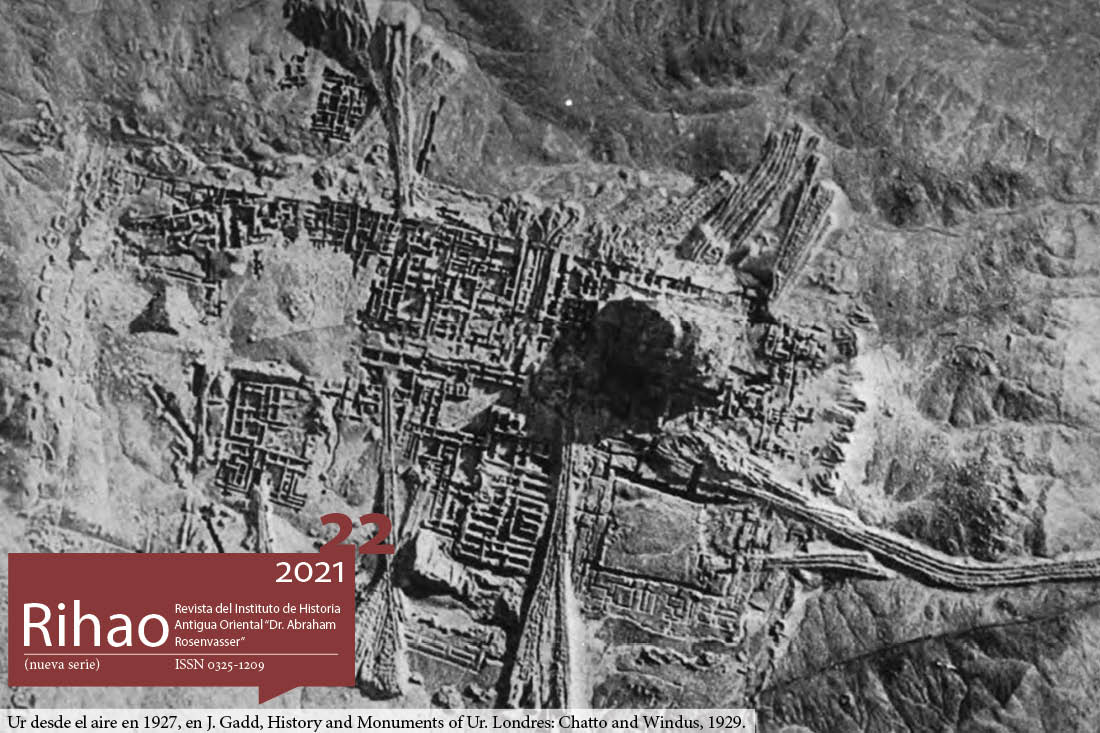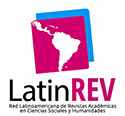The Destruction of Jericho at the End of the Early Bronze III: A Preliminary Analysis of Different Interpretations
Keywords:
Jericho, Early Bronze Age, desurbanization, collapse
Abstract
The aim of the present article is to analyze some perspectives on the transformations that took place in Jericho at the end of the Early Bronze Age III (ca. 2700-2300 BCE). Therefore, a brief comparison will be made between the materials that belonged to the Early Bronze Age III and to the following period, the Early Bronze Age IV (ca. 2300-1950 BCE). Afterwards, a discussion will be held to decide whether the changes should be interpreted as a system collapse or as a gradual adaptation of the new conditions and regional demands. In this regard, and although many areas were abandoned, Jericho experienced a flourishing period and urban development without precedent, but towards 2350 BCE such changes were abruptly interrupted: enemies entered and looted everything present there, including the jewelry of the palace and the temple. Simultaneously, the walls of the city were set on fire. Years later, the settlement was inhabited by shepherd-warrior groups coming mainly from Upper Mesopotamia, likely motivated by environmental issues.Downloads
Download data is not yet available.
Published
2021-11-30
How to Cite
Kifer, K. (2021). The Destruction of Jericho at the End of the Early Bronze III: A Preliminary Analysis of Different Interpretations. Revista Del Instituto De Historia Antigua Oriental ’Dr. Abraham Rosenvasser’, (22). https://doi.org/10.34096/rihao.n22.10924
Issue
Section
Dossier. Ciudades y urbanismo en el mundo antiguo





.jpg)







